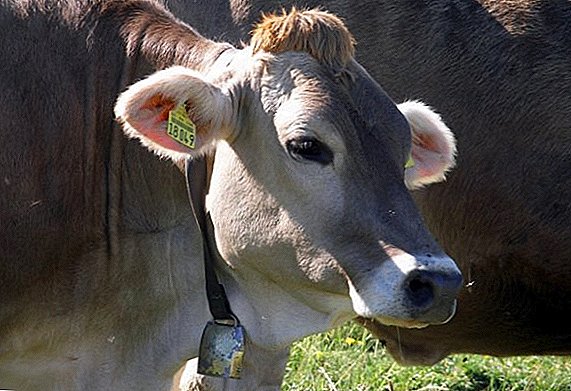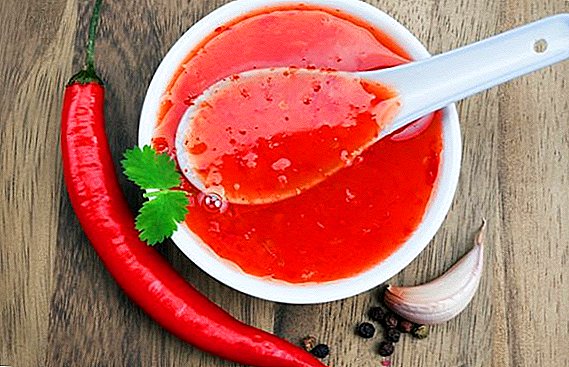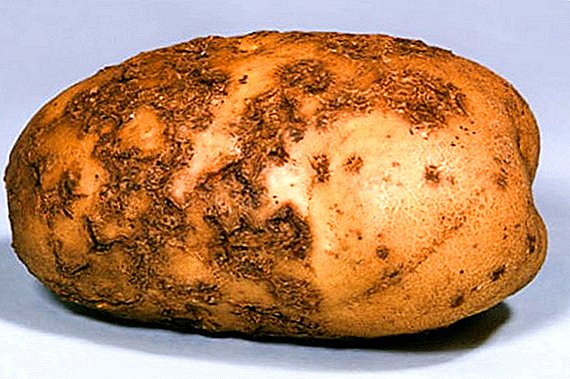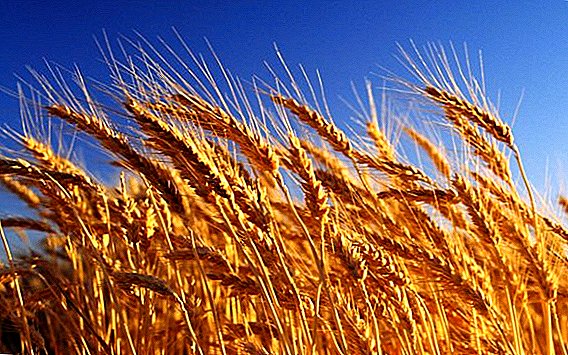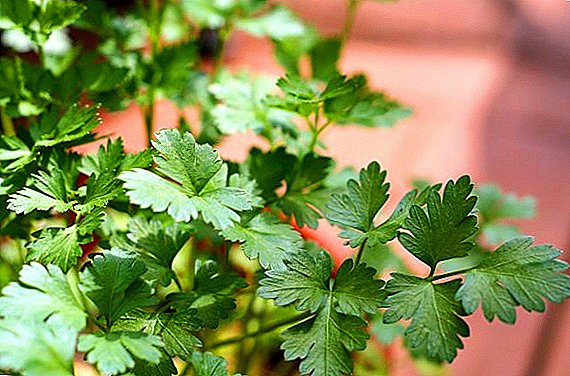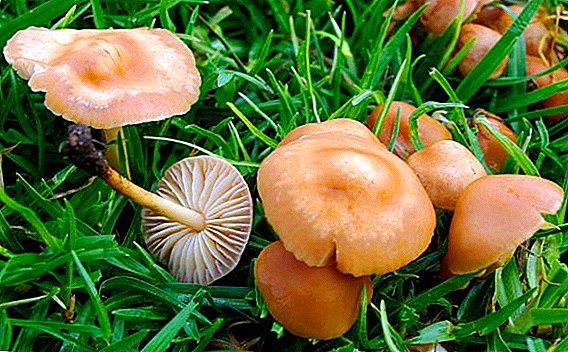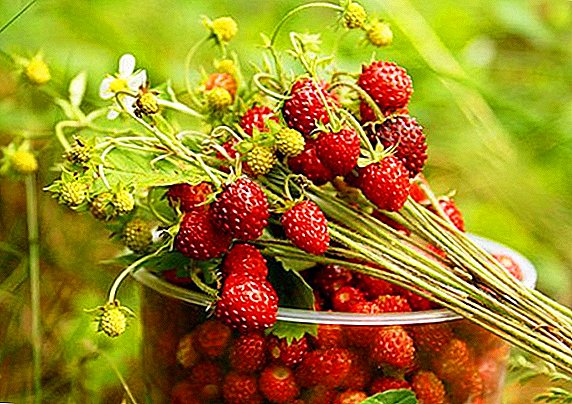 Wild berries growing in the forests have a much brighter taste and aroma compared to their garden counterparts. Today we will talk about forest strawberries, which is a storehouse of useful substances and, in addition to cooking, is widely used in traditional medicine and even cosmetology.
Wild berries growing in the forests have a much brighter taste and aroma compared to their garden counterparts. Today we will talk about forest strawberries, which is a storehouse of useful substances and, in addition to cooking, is widely used in traditional medicine and even cosmetology.
Description
Forest strawberry is a perennial herb, belongs to the genus Rosaceae. Differs very fragrant fruits. It has a thin stem up to 20 cm in height, underdeveloped roots and short creeping shoots. Its color is white, sometimes pinkish, the period of flowering is the end of May - the beginning of June. Fruits are small, spherical in shape, yellowish white, dull pink in color, with a red tip.  Crop harvested from July to August. The plant loves dark, dry places, grows in the thickets of juniper, on the edges. Strawberries are often confused with forest strawberries. However, they differ in flowers that are same-sex in strawberries, and in strawberries - bisexual. In addition, strawberry sepals are pressed to the fetus.
Crop harvested from July to August. The plant loves dark, dry places, grows in the thickets of juniper, on the edges. Strawberries are often confused with forest strawberries. However, they differ in flowers that are same-sex in strawberries, and in strawberries - bisexual. In addition, strawberry sepals are pressed to the fetus.
Did you know? Strawberry berries contain substances similar in chemical composition to salicylic acid (aspirin). Therefore, the consumption of strawberries for headaches, pain in the joints or a slight increase in body temperature will help relieve unpleasant symptoms.
The chemical composition of berries
Forest strawberries are very rich in nutrients. It contains malic and citric acids, pectins, tannins. The composition also has iron, potassium, calcium, vitamins C, E, K, PP, B. The iron content in it is higher than in apples and grapes. 
Beneficial features
Wild strawberry has a number of useful properties:
- increases appetite and quenches thirst;
- dried berries are an excellent diaphoretic agent;
- improves digestion;
- helps with anemia;
- decoction of flowers used in diseases of the blood vessels and the heart, as well as in inflammatory processes of the gastrointestinal tract;
- reduces the risk of cancer;
- lowers blood sugar levels;
- It has antipyretic and prophylactic action for colds.
How to use forest strawberries
It has found wide application in various fields. In addition to cooking, it is used in traditional medicine and cosmetology.
In folk medicine
Useful properties of wild strawberry are widely known in traditional medicine. For medicinal purposes, they use not only berries, but also leaves and roots. Berries are used for problems with the intestines, with hypertension, running eczema is treated.
 Forest strawberries help to normalize the metabolism, it is useful to use it in heart diseases. It has proven itself in the treatment of goiter, because it has a positive effect on the thyroid gland due to its high iodine content.
Forest strawberries help to normalize the metabolism, it is useful to use it in heart diseases. It has proven itself in the treatment of goiter, because it has a positive effect on the thyroid gland due to its high iodine content.Important! To make medicinal products based on strawberry fruit more effective, collect them together with the stalk.
Herbal tea is used as a preventive and vitamin remedy. A decoction of the roots is used as a diuretic, as well as for rheumatism, uterine bleeding. A decoction of leaves and roots is used for bronchitis, skin rashes, urolithiasis.In cosmetology
Berries are used in cosmetology. They have a porosuzhivayuschim, drying, whitening effect, help with acne. The strawberries are mashed, wrapped in gauze and placed on the face as a mask, left for 15 minutes, then washed off with warm milk or water.

Also in demand in cosmetology use blueberries, cranberries and blueberries.
In cooking
The first strawberries are eaten fresh, in itself it is very sweet and fragrant. Classic is strawberry with cream, simple, but at the same time one of the most exquisite delicacies.
If the harvest is too large and you can’t get it fresh, there are many options for what can be done with forest strawberries. First of all, these are preparations for the winter - jams, jams, confitures, compotes. Part of the fruit can be dried and added to tea. This berry is often used in baking, for the preparation of various sauces, including meat. Flight of fantasy here is almost limitless. In the end, you can simply freeze it and use it in winter for pies and stewed fruit.
Elderberry, blueberry, blackberry, currant are also rich in flavor.
Contraindications to the use
Despite its beneficial qualities, forest strawberries are a strong allergen, so it should be used with caution by people with a tendency to diathesis, as well as pregnant women and children. To minimize the manifestations of allergies, berries are recommended to use with dairy products.
From the berries and make masks for hands, mixing them with lemon, honey, ginger, cottage cheese. You can also make a face tonic from forest strawberries. To do this, pour a glass of fresh fruit with 300 ml of vodka, insist for a month and strain. Before you wipe your face, dilute with water 1: 1.
Did you know? In fact, strawberry fruits are small brown seeds. And what we consider to be fruit is a receptacle.
How to procure and store medical raw materials
Let's take a closer look at how to prepare raw materials for further use for medicinal purposes during the season The leaves should be harvested in spring, before the flowering period, and the roots - in the rest period (early spring or late autumn). Berries are harvested as they ripen. To dry raw materials should be under a canopy, avoiding direct sunlight, spread out a thin layer.
Important! Blanks are recommended to cover with gauze so that insects do not lay their larvae on them.
You can also dry in the oven at a minimum temperature. Dried berries and rhizomes are stored for 2 years, leaves - 1 year.
As you can see, forest strawberries have a huge amount of useful properties and only a few contraindications, so during the season you should always be armed with baskets and go to the forest for a healing berry.
Watch the video: Buy Fruiting Plants for Your Home Orchard Food Forest! -Backyard Edible Landscape Options (December 2024).


 Forest strawberries help to normalize the metabolism, it is useful to use it in heart diseases. It has proven itself in the treatment of goiter, because it has a positive effect on the thyroid gland due to its high iodine content.
Forest strawberries help to normalize the metabolism, it is useful to use it in heart diseases. It has proven itself in the treatment of goiter, because it has a positive effect on the thyroid gland due to its high iodine content.

